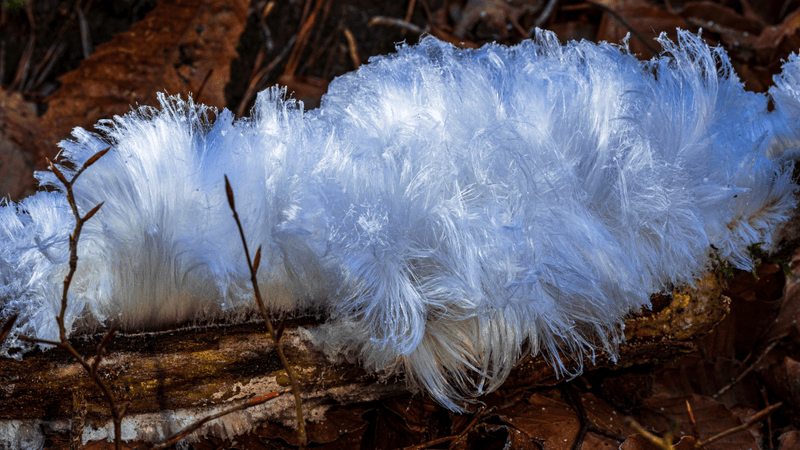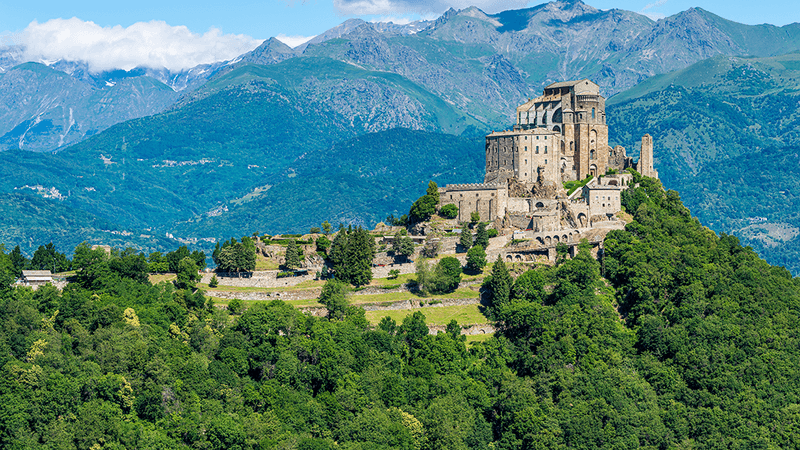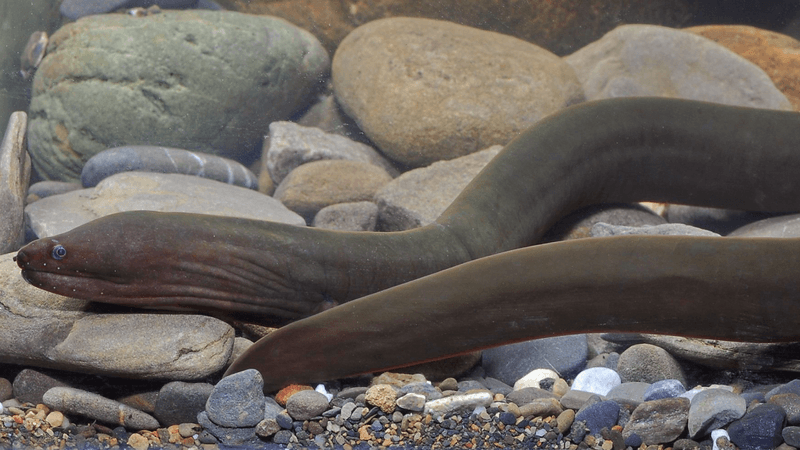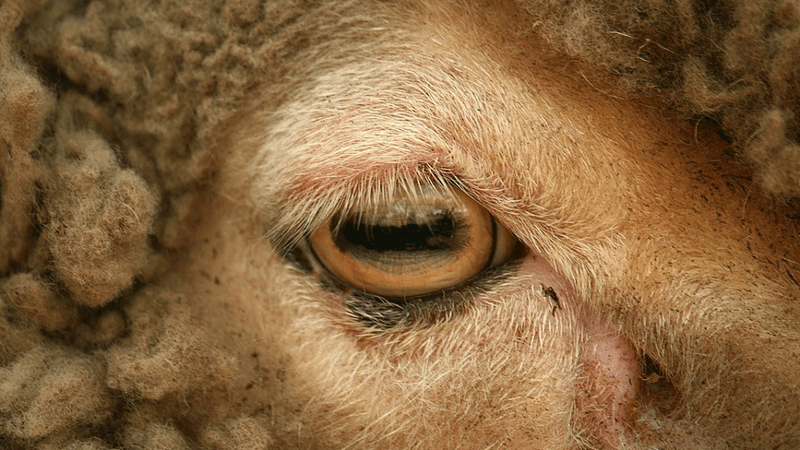Delicate whorls of ice are blossoming on rotten wood in parts of the planet experiencing freezing temperatures this month. The unusual structures, known as hair ice and frost flowers, are the result of how wacky water can get when frozen in just the right way, and if you keep your eyes peeled we know just where you might find them.
What is hair ice?
Hair ice is a very delicate and naturally occurring ice sculpture that grows only when the humidity is extremely high, approaching 100 percent, and the temperature is slightly below 0°C (32°F). Frozen water under these conditions by itself would just form an icy crust, but a 2015 paper discovered that fungus is the key to hair ice’s thin “hairs”.
The theory was originally suggested by Alfred Wegener in 1918, but scientists were able to confirm it by reproducing hair ice on wood samples. When they used a fungicide, the hair ice didn’t grow, and then was one species that proved to be particularly crucial for the process.
Hair ice only forms on moist rotting wood that hosts the fungus Exidiopsis effusa. It’s the result of “ice segregation” that occurs when water in the wood freezes, forcing water out through its pores that then turns to ice in the cold air. This creates hair-thin strands of ice around 0.01 millimeters (0.0004 inches) in diameter and 10 centimeters (4 inches) long that can hold their shape for hours.
What are frost flowers?
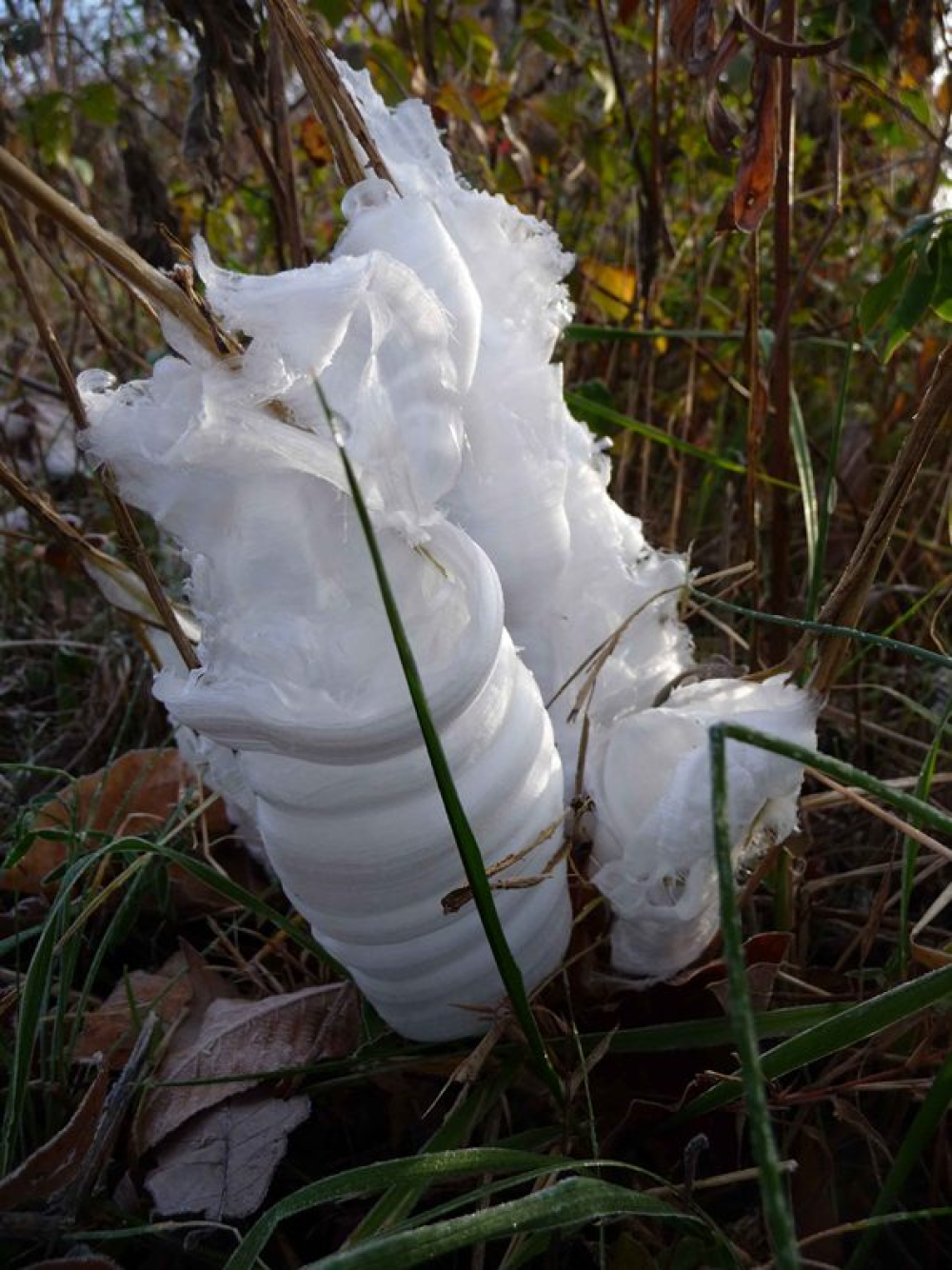
Frost flowers bloom on wingstem plants like yellow ironweed. This is because the way the plant’s stem draws up water via capillary action is crucial to their formation.
As water gets sucked up the stem, it expands and eventually ruptures the stem creating vertical slits. It leaks out but instantly freezes on contact with the air, a process that continues so that paper-thin layers of ice expand from the stem.
The shape of the frost flower all comes down to how big that initial tear in the stem is, with some frost flowers being made up of narrow tendrils while others are more like frozen ribbons. According to the NOAA, they get their flower name because the whisps of ice curl unpredictably creating layers that look like petals. A fun fact is that no two are alike, but you’ll only have a short while to enjoy them before they either sublimate, going straight from a solid to a gas, or melt as the temperature warms.
You can also ID snowflakes if it starts snowing while you’re out exploring, Snowflake expert and Professor of Physics at Caltech Dr Kenneth Libbrecht shared with IFLScience the best kit to take with you, while also revealing why it’s almost impossible for two snowflakes to be alike.


